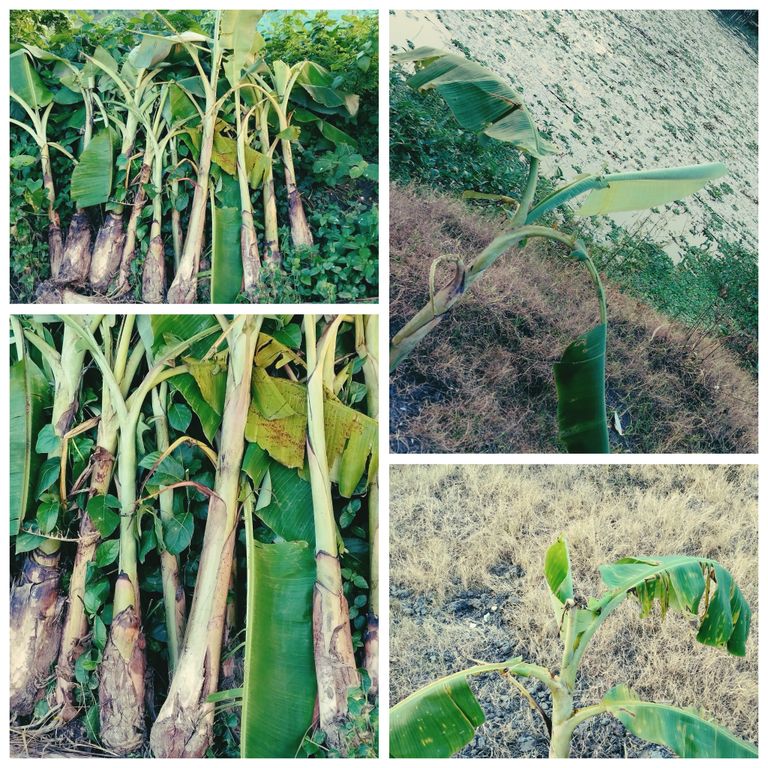
Banana Cultivation Method.
An important commercial fruit of Bangladesh. It is very nutritious and can be cultivated throughout the year. The soil and climate of Bangladesh are very suitable for banana cultivation. Banana cultivation can be a profitable crop for farmers, if cultivated properly. This blog discusses the various stages of banana cultivation, banana varieties, cultivation methods and care in detail.
Banana varieties
Several varieties of banana are cultivated in Bangladesh. Notable among these are:
- Sabari: This is the most popular variety. Its fruit is small and sweet.
- Jackfruit: This banana is large in size and slightly sour in taste.
- Sagar: The fruits of this variety are large and sweet.
- Kanch Banana: This variety is widely used as a vegetable, especially in curries.
Each variety of banana requires proper cultivation methods and care. Choosing the right variety is also an important step in profitable banana farming.
Soil and climate
Banana cultivation requires warm and humid climate. Temperatures of 25-30 degrees Celsius and adequate rainfall are ideal for banana cultivation. Loamy soil is most suitable for banana plants, but it also grows well in sandy loam soil. Soil pH should be 5.5 to 7.5. Proper drainage is important for good banana yields, as roots can rot if plants remain waterlogged for long periods of time.
Planting banana seedlings
Seedlings are prepared for banana cultivation in two ways:
- Seedling collection: Seedlings of right variety should be collected from nurseries. If you want to buy seedlings, you must select healthy and disease-free seedlings.
- Seedling production: New seedlings can be produced from banana stems or roots with roots. Bananas can be replanted by cutting new trunks or branches and rooting them.
land preparation
The land should be well cultivated and cleared of weeds. In this case 2-3 times deep cultivation is required. Adequate amount of organic manure or cow dung should be applied during land preparation, so that soil fertility increases. Then the land should be leveled by plowing the land.
Planting distance
Adequate space should be kept for banana plants. Generally, row to row distance of 2-2.5 m and plant to plant distance of 2 m is kept. 1-2 kg of organic fertilizers and 100-200 grams of chemical fertilizers can be applied in each hole at the time of planting.
Irrigation Management
Banana plants require regular irrigation. Irrigation is not required during rainy season, but irrigation should be done during winter and summer to retain soil moisture. Sufficient water should be given during plant growth. However, the drainage system of the soil should be kept correct, so that the land is not waterlogged.
Fertilizer application
Supplying adequate nutrients to banana plants is very important. The soil should be tested at the time of fertilizer application. Generally, the following rates of fertilizer can be applied per acre:
Nitrogen (N): 200-250 kg
Phosphorus (P): 60-70 kg
Potassium (K): 300-350 kg
Also, organic fertilizers can be applied at the root of the plant every three months. Soil pH and soil fertility must be tested before applying chemical fertilizers.
weed control
For good yield of banana, the land should be kept free from weeds. If there are more weeds, it will hinder the growth of the plant. Weeds should be cut and cleaned regularly. Insecticides can be used to control weeds if necessary, but should be done with extreme caution.
Disease and pest control
Bananas can be attacked by some common diseases and insects. Appropriate measures should be taken to prevent and control them.
- Blight disease: It is a fungal disease that causes black spots on the leaves of plants. To avoid this disease, plant care and the necessary fungicides should be used.
- Banana Weevil: It is a harmful insect that eats the roots of the plant. Regular soil testing and application of insecticides can prevent this pest attack.
harvest
Banana plants usually bear fruit in 9-12 months. When the fruit ripens, the skin of the banana turns from green to yellow. To harvest bananas, ensure proper ripening of the fruit. Banana bunches are cut and collected. After harvesting the bananas, they must be cleaned and prepared for packaging.
Conservation and Marketing
Bananas can be stored for a few days after harvesting, but should be kept in a cool place. Proper packaging should be done for marketing, so that the quality of the fruit is not lost. Care should be taken during transportation to sell directly to the market, so that bananas are not damaged.
Conclusion
Banana cultivation is a very promising cultivation for the farmers of Bangladesh. If it is cultivated in the right way, it can get very good yield. From banana cultivar selection to land preparation, irrigation, fertilizer application, and proper pest management, banana cultivation can be beneficial.
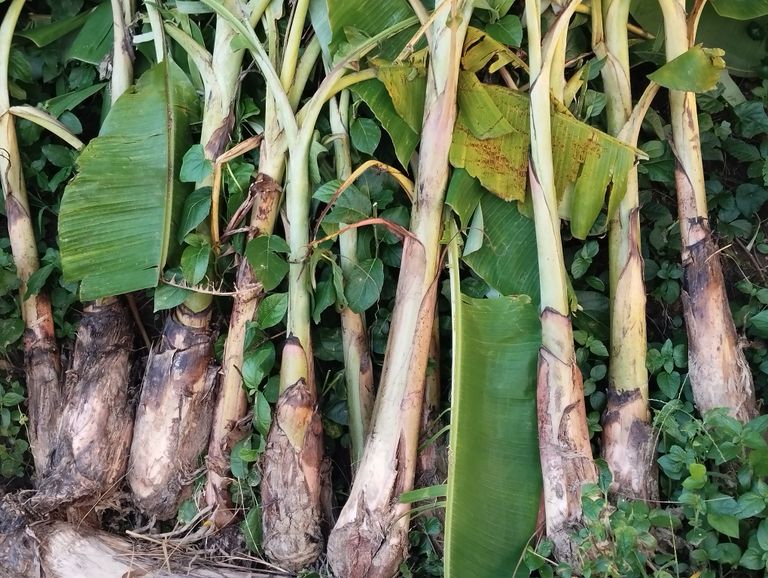
কলা চাষ পদ্ধতি।
বাংলাদেশের একটি গুরুত্বপূর্ণ বাণিজ্যিক ফল। এটি খুব পুষ্টিকর এবং সারা বছর চাষ করা যায়। কলা চাষের জন্য বাংলাদেশের মাটি ও জলবায়ু খুবই উপযোগী। কৃষকদের জন্য কলা চাষ একটি লাভজনক ফসল হতে পারে, যদি সঠিক পদ্ধতিতে চাষ করা যায়। এই ব্লগে কলা চাষের বিভিন্ন ধাপ, কলার জাত, চাষ পদ্ধতি এবং যত্নের বিস্তারিত আলোচনা করা হয়েছে।
কলার জাত
বাংলাদেশে বেশ কয়েকটি জাতের কলা চাষ করা হয়। এর মধ্যে উল্লেখযোগ্য:
- সবরি: এটি সবচেয়ে জনপ্রিয় জাত। এটির ফল ছোট এবং মিষ্টি।
- কাঁঠালী: এই কলার আকার বড় এবং স্বাদে কিঞ্চিৎ টক।
- সাগর: এই জাতের ফল বড় এবং মিষ্টি।
- কাঞ্চ কলা: এই জাতটি সবজি হিসেবে বেশি ব্যবহৃত হয়, বিশেষ করে তরকারিতে।
প্রত্যেক জাতের কলার জন্য উপযুক্ত চাষ পদ্ধতি এবং যত্ন প্রয়োজন। সঠিক জাত নির্বাচন করাও লাভজনক কলা চাষের একটি গুরুত্বপূর্ণ ধাপ।
মাটি ও জলবায়ু
কলা চাষের জন্য উষ্ণ ও আর্দ্র জলবায়ু প্রয়োজন। ২৫-৩০ ডিগ্রি সেলসিয়াস তাপমাত্রা এবং পর্যাপ্ত বৃষ্টিপাত কলা চাষের জন্য আদর্শ। কলা গাছের জন্য দোআঁশ মাটি সবচেয়ে উপযোগী, তবে বেলে দোআঁশ মাটিতেও ভাল জন্মায়। মাটির pH ৫.৫ থেকে ৭.৫ হওয়া উচিত। কলার ভালো ফলনের জন্য সঠিক ড্রেনেজ ব্যবস্থা থাকা গুরুত্বপূর্ণ, কারণ গাছ দীর্ঘদিন জলাবদ্ধ অবস্থায় থাকলে শিকড় পচে যেতে পারে।
কলার চারা রোপণ
কলা চাষের জন্য চারাগাছ প্রস্তুত করা হয় দুইভাবে:
- চারা সংগ্রহ: সঠিক জাতের চারা নার্সারি থেকে সংগ্রহ করা উচিত। চারা কিনতে হলে অবশ্যই স্বাস্থ্যকর ও রোগমুক্ত চারা নির্বাচন করতে হবে।
- চারা উৎপাদন: কলার কাণ্ড বা মূল থেকে শিকড়সহ নতুন চারা উৎপাদন করা যায়। কলার নতুন কাণ্ড বা শাখা কেটে শিকড় দিয়ে তা নতুন করে লাগানো যায়।
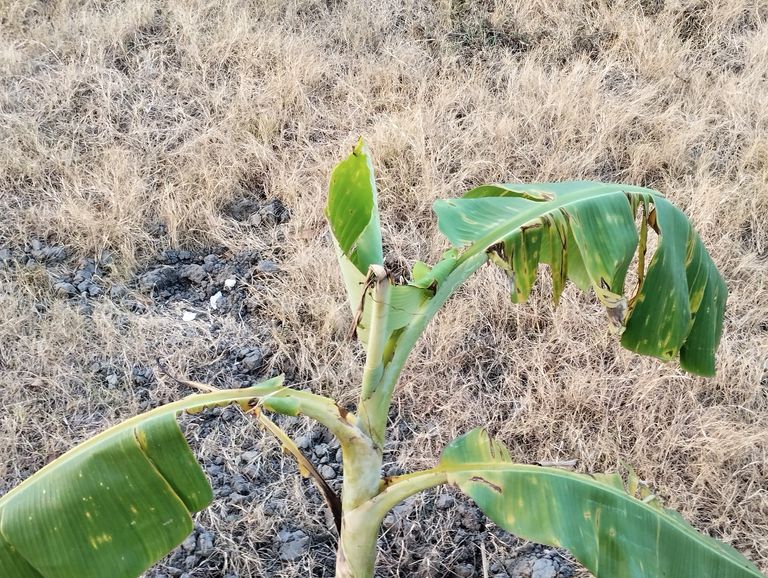
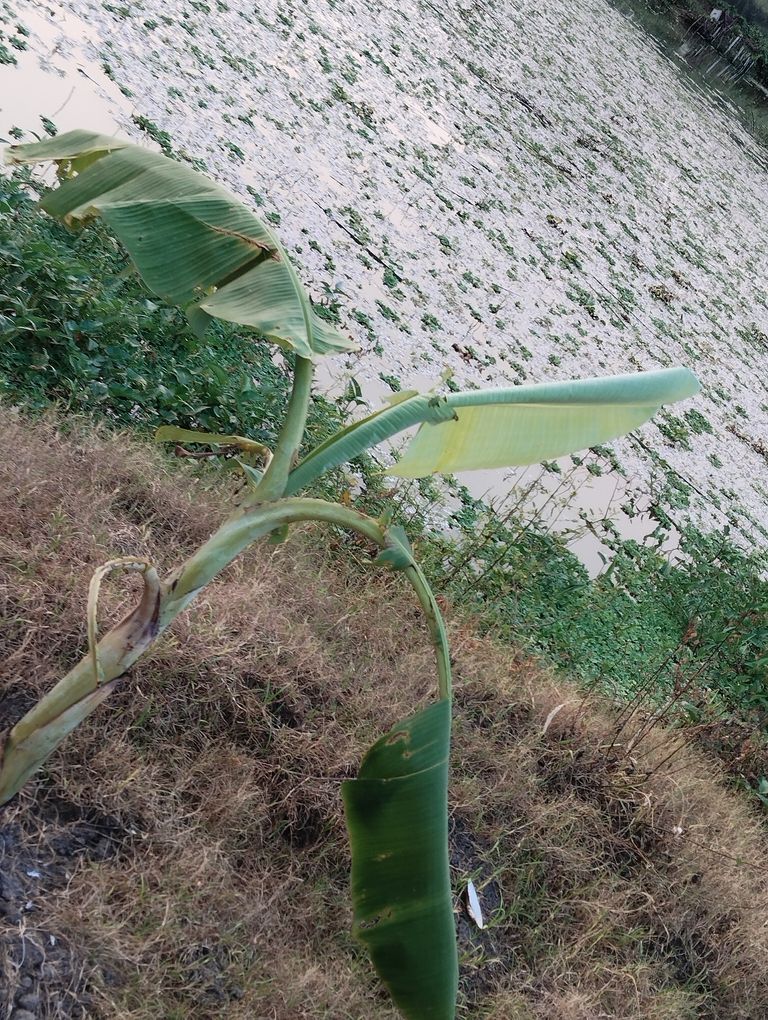
জমি প্রস্তুতি
জমি ভালোভাবে চাষ করে আগাছা পরিষ্কার করতে হবে। এক্ষেত্রে ২-৩ বার গভীর চাষ দেওয়া দরকার। জমি তৈরি করার সময় পর্যাপ্ত পরিমাণে জৈব সার বা গোবর সার প্রয়োগ করতে হবে, যাতে মাটির উর্বরতা বৃদ্ধি পায়। এরপর জমি চাষ দিয়ে জমি সমান করে নিতে হবে।
চারা রোপণের দূরত্ব
কলা গাছের জন্য পর্যাপ্ত জায়গা রাখা দরকার। সাধারণত, সারি থেকে সারির দূরত্ব ২-২.৫ মিটার এবং গাছ থেকে গাছের দূরত্ব ২ মিটার রাখা হয়। চারা রোপণের সময় প্রতিটি গর্তে ১-২ কেজি জৈব সার এবং ১০০-২০০ গ্রাম রাসায়নিক সার প্রয়োগ করা যেতে পারে।
সেচ ব্যবস্থাপনা
কলা গাছ নিয়মিত সেচের প্রয়োজন হয়। বর্ষাকালে সেচের প্রয়োজন হয় না, তবে শীত ও গ্রীষ্মকালে মাটির আর্দ্রতা ধরে রাখতে সেচ দিতে হবে। গাছের বৃদ্ধির সময় পর্যাপ্ত পরিমাণে পানি দেওয়া উচিত। তবে মাটির পানি নিষ্কাশন ব্যবস্থা সঠিক রাখতে হবে, যাতে জমি বেশি জলাবদ্ধ না হয়।
সার প্রয়োগ
কলা গাছের জন্য পর্যাপ্ত পুষ্টি সরবরাহ করা অত্যন্ত গুরুত্বপূর্ণ। সার প্রয়োগের সময় মাটি পরীক্ষা করে নিতে হবে। সাধারণত, প্রতি একর জমিতে নিম্নোক্ত মাত্রায় সার প্রয়োগ করা যেতে পারে:
নাইট্রোজেন (N): ২০০-২৫০ কেজি
ফসফরাস (P): ৬০-৭০ কেজি
পটাশিয়াম (K): ৩০০-৩৫০ কেজি
এছাড়াও, প্রতি তিন মাস অন্তর গাছের গোড়ায় জৈব সার দেওয়া যেতে পারে। রাসায়নিক সার প্রয়োগের আগে অবশ্যই জমির pH এবং মাটির উর্বরতা পরীক্ষা করে নেওয়া উচিত।
আগাছা নিয়ন্ত্রণ
কলার ভালো ফলনের জন্য জমি আগাছামুক্ত রাখতে হবে। আগাছা বেশি হলে তা গাছের বৃদ্ধিতে বিঘ্ন ঘটায়। আগাছা নিয়মিত কেটে পরিষ্কার করা উচিত। প্রয়োজনে আগাছা দমন করার জন্য কীটনাশক ব্যবহার করা যেতে পারে, তবে তা অত্যন্ত সতর্কতার সঙ্গে করতে হবে।
রোগবালাই ও পোকামাকড় নিয়ন্ত্রণ
কলার কিছু সাধারণ রোগ এবং পোকামাকড় আক্রমণ করতে পারে। এদের প্রতিরোধ ও নিয়ন্ত্রণ করতে যথাযথ ব্যবস্থা গ্রহণ করা প্রয়োজন।
- ব্লাইট রোগ: এটি একটি ছত্রাকজনিত রোগ যা গাছের পাতায় কালো দাগ সৃষ্টি করে। এই রোগ থেকে রক্ষা পেতে গাছের পরিচর্যা এবং প্রয়োজনীয় ছত্রাকনাশক ব্যবহার করতে হবে।
- ব্যানানা উইভিল: এটি একটি ক্ষতিকর পোকা যা গাছের মূল খেয়ে ফেলে। নিয়মিত মাটি পরীক্ষা করে কীটনাশক প্রয়োগ করলে এই পোকার আক্রমণ থেকে রক্ষা পাওয়া যায়।
ফসল সংগ্রহ
কলার গাছ সাধারণত ৯-১২ মাসের মধ্যে ফল দেয়। ফল পাকলে কলার খোসা সবুজ থেকে হলুদ হয়ে আসে। কলা সংগ্রহের জন্য ফলের ঠিকমতো পাকা নিশ্চিত করতে হবে। কলার থোড় কেটে সংগ্রহ করা হয়। কলা সংগ্রহের পর সেগুলি পরিষ্কার করে প্যাকেজিংয়ের জন্য প্রস্তুত করতে হবে।
সংরক্ষণ ও বিপণন
কলার ফল সংগ্রহের পর কিছু দিন সংরক্ষণ করা যায়, তবে ঠাণ্ডা জায়গায় রাখা উচিত। বাজারজাত করার জন্য সঠিকভাবে প্যাকেজিং করা উচিত, যাতে ফলের গুণাগুণ নষ্ট না হয়। সরাসরি বাজারে বিক্রি করার জন্য পরিবহনের সময় সাবধানতা অবলম্বন করতে হবে, যাতে কলা ক্ষতিগ্রস্ত না হয়।
উপসংহার
কলা চাষ বাংলাদেশের কৃষকদের জন্য একটি অত্যন্ত সম্ভাবনাময় চাষাবাদ। সঠিক পদ্ধতিতে চাষ করলে এটি থেকে অনেক ভালো ফলন পাওয়া সম্ভব। কলার জাত নির্বাচন থেকে শুরু করে জমি প্রস্তুতি, সেচ, সার প্রয়োগ, এবং সঠিক রোগবালাই দমন ব্যবস্থা অবলম্বন করে কলা চাষ থেকে লাভবান হওয়া যায়।
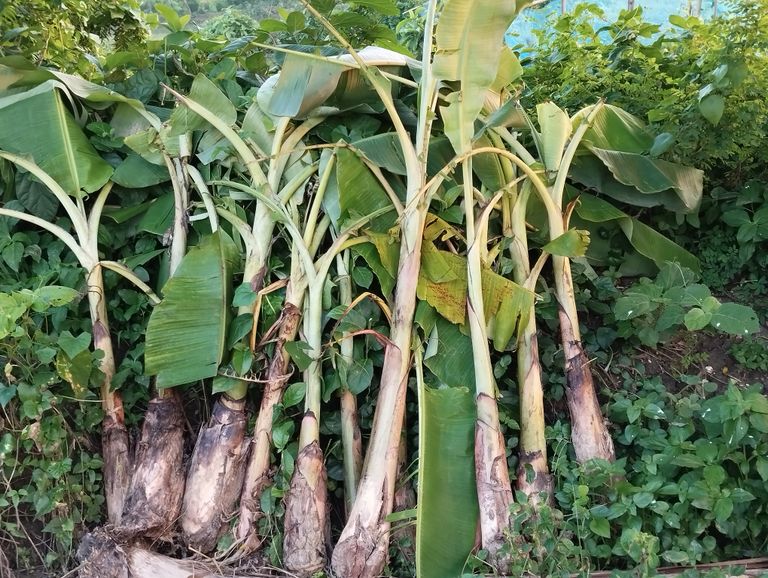
Banana has many health benefits for our body. There is no such person in our village area. In their place there are two banana trees for every human place. Bananas have many health benefits. Moreover, the garden is very big in our village.